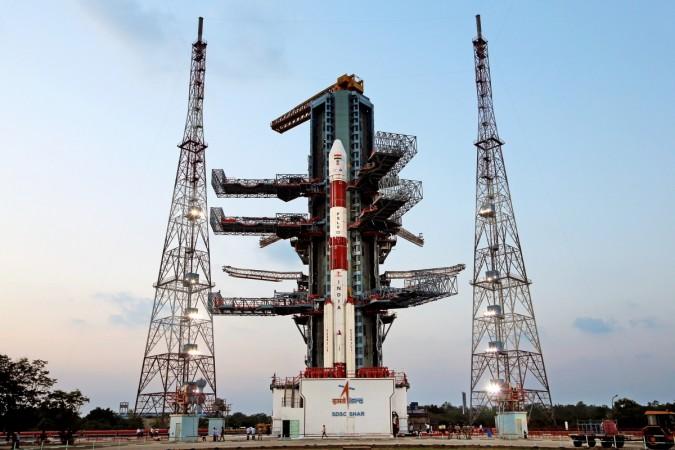
The Indian Space Research Organisation (ISRO) is set to to launch 22 satellites on a single rocket from Sriharikota in Andhra Pradesh on June 20 this year, ISRO Chairman AS Kiran Kumar told Bloomberg.
This is poised to be India's first "single biggest launch," and puts the country third on the world map after Russia launched 33 satellites at one go in 2014 and NASA launched 29 in 2013, the report said.
The launch will carry satellites of the U.S., India, Canada and Germany, Bloomberg quoted Kumar as saying.
India currently has 35 satellites in orbit, performing diverse tasks such as broadcasting, navigation, exploration and weather forecast. The country requires double that number of satellites, Kumar told Bloomberg.
India is second only to China in smartphone market size, pushing up demand for satellite bandwidth, which in turn will drive 30 percent of global liftoffs in the next five years, reads the report.
"We're reaching a stage where every month we are having a launch," Kumar was quoted as saying in the report.
In May this year, the country "launched a scale model of a reusable spacecraft" that could make India competitive alongside private players — Elon Musk's Space X programme and Jeff Bezos' Blue Origin — who are racing to make space access cheaper.
In 2014, the country also successfully injected the Mangalyaan into Mars' atmosphere for just $74 million, which is 11 percent of the U.S.'s Maven probe's cost, the report said.
Ajey Lele, a New Delhi-based fellow at the Institute for Defence Studies and Analyses, reportedly said India has to expand its launch sites to stay competitive in the space arena.
"Right now, India has got only one launch site... It needs to develop another site within India or maybe somewhere else," the report quoted Lele as saying.
India is working with NASA to launch the NISAR satellite by 2020. This satellite detects and measures ecosystem changes, collapse of ice-sheets and natural calamities, according to the NASA website.

















